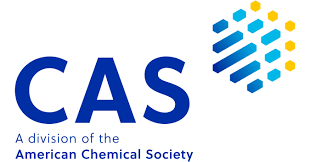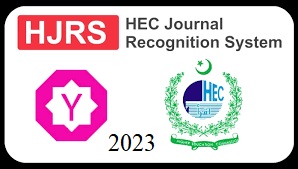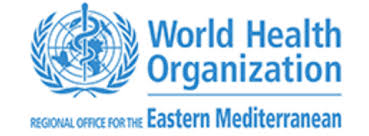A review on ethosomes as nanocarrier for skin delivery of drugs
Keywords:
Ethosomes, Lipid-based vesicles, Ethanol, TransdermalAbstract
Ethosomes are novel lipid and ethanolic phospholipid vesicles that are primarily employed for medication administration through the skin. These nanocarriers are designed to carry therapeutic delivery of drugs with varying physicochemical qualities into skin layers. Ethosomes have a better penetration rate into the skin than liposomes, so they can be used to replace liposomes. Ethosomes' enhanced penetration is most likely due to their ethanolic component. Ethanol enhances the lipid fluidity of the cell membrane, resulting in greater ethosome skin penetrability. These ethosomes penetrate the skin, fusing with the cell membrane of lipids to release the medication. Since their discovery in 1996, ethosomes have undergone substantial investigation; additional substances were added to their basic formula, resulting in the development of various types of ethosomes such as classical, binary, and transethosomes. These are created using hot, cold and other procedures. Different types of materials are used for ethosomal formulation. Size, drug content, shape, zeta potential, and other properties are evaluated by using different techniques. Some ethosomal formulation are available in market like Supravir cream, Decorin cream etc. This review provides a thorough examination of the impacts of ethosomal system elements, production techniques, and their critical roles in defining the final characteristics of these nanocarriers.
Downloads
Published
How to Cite
Issue
Section
License
Copyright (c) 2024 Khizra Mazhar, Aleesha Azhar Khan, Afshan Maqbool, Humaira Sultana

This work is licensed under a Creative Commons Attribution 4.0 International License.









